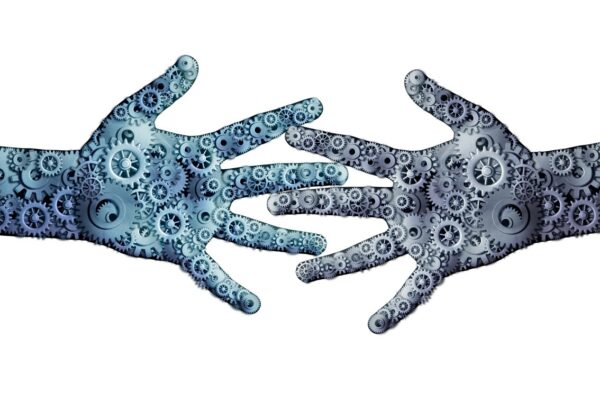
Some of the keys to optimizing outcomes of an advanced analytics project appear directly associated with how utility personnel define project “success” and how they frame any obstacles they encounter along the way.
A theme during several Q&A sessions at Utility Analytics Summit came to the forefront in this regard. When various sessions showed new ways in which advanced analytics tools were shown to bring value, various forms of the following statement came up:
“The key to success (or the main obstacle to overcome) was not a matter of technology, so much as ____,”
Where you could fill in the blank, variously, with many different answers, including:
- “the data,” or
- “the business case definition,” or
- “the visualization tools,” or
- “training” or
- “engaging with employees” or
- “educating utility management about the so-called ‘black box’ we employed as data scientists during the project.”
Granted, there are situations where technology IS the problem. But even then, we often overestimate the role of technology in getting the solution right. In other words sometimes we have to think holistically rather than technologically, to get the technology “right.”
While it is not surprising that a significant portion of the utility personnel involved in advanced analytics have backgrounds in science and/or mathematics, a portion of the data scientist community also seems to include a significant number of physicists.
There are similarities between what makes for a great physicist and what makes for a great data scientist. The greatest physicists have done their greatest work by learning to ask big questions in unique ways, and this is something that is seen with a lot of the best work done by data scientists. And they also “get philosophical” in valuable ways. (As a side note, high achievers in both groups are often also skilled musicians.)
When it comes to all the different answers to filling in the blank around “non-technology” drivers for project success, it is of interest to consider the non-technology aspects of the success of Steve Jobs. Famously, Steve Jobs brought a certain artistry to his work at Apple. He had a Zen-like approach, and strove for a simplicity of design and a simplicity in relation to the human/machine interface.
Fundamentally, Steve Jobs’ stepping away from the blinders created by labelling something “technological” enabled him to fulfil the proverbial Apple slogan, “Think Different.” But this is also precisely what great physicists such as Albert Einstein did, when they asked their greatest questions. (In Einstein’s case, his so-called “happiest moment” involved questioning, and answering “No,” regarding whether there was any difference between gravity on Earth and what an observer in a closed box in outer space would experience if the box they were in was accelerated the same “g” rate.)
Einstein and Jobs were both able to address difficult technical challenges by stepping back and looking at what was really going on.
Whether due to an Einstein-like replacement of a scientist’s perspective with the perspective of a philosopher, or due to a Jobs-like replacement of a technologist’s perspective with a Zen calligrapher’s minimalist artist’s perspective, in both cases blinders were removed.
Paradoxically, the “blinders” for us in our advanced analytics work involve the problem of technology. In other words, the reason we so often need to say “technology is not the problem,” is because the community served by our advanced analytics tools mistakenly thinks that technology IS the problem.













